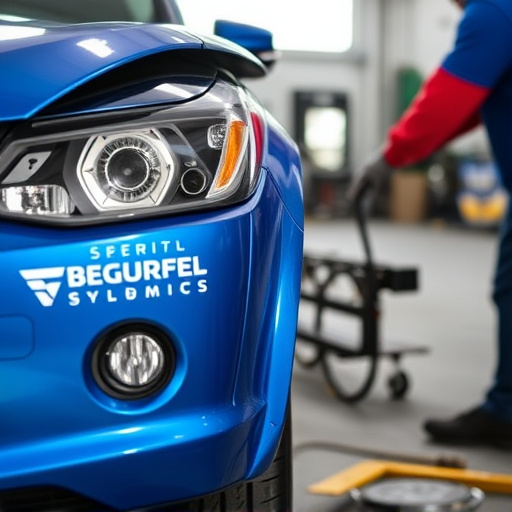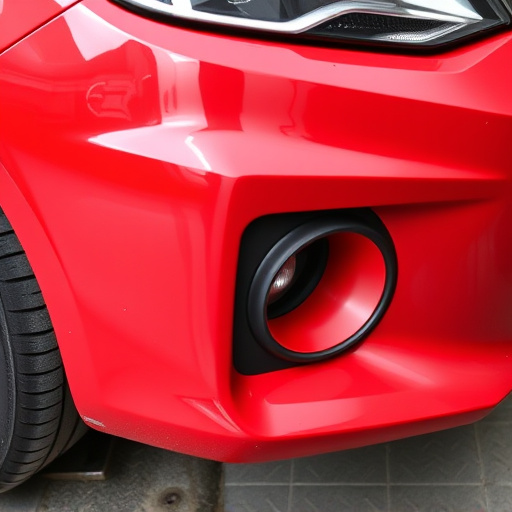Liability claim repair involves a structured process combining legal expertise and mechanical repairs, starting with damage assessment and communication with insurers. Efficient project management, including timely scheduling and tracking, enhances repair quality. Challenges like miscommunication are addressed through clear digital communication channels and skilled technicians dedicated to exceptional outcomes that meet client expectations and industry standards.
In the complex landscape of legal disputes, understanding how to effectively manage and repair liability claims is paramount for businesses. This comprehensive guide deciphers the crucial elements of liability claim repair, offering a strategic roadmap for organizations to navigate this intricate process. From grasping the foundational steps to tackling common challenges, we explore key strategies that can significantly enhance claim outcomes. By mastering these techniques, businesses can streamline repairs, mitigate risks, and foster stronger relationships with stakeholders.
- Understanding Liability Claim Repair Process
- Key Steps in Effective Repair Strategies
- Common Challenges and Their Solutions
Understanding Liability Claim Repair Process

The process of liability claim repair involves a structured approach to address and rectify issues arising from accidents or damage to vehicles. It’s a meticulous process that requires a deep understanding of both legal and mechanical aspects. When a vehicle sustains damage, whether it’s a minor dent or more extensive fender repair, the owner faces not only physical repairs but also navigating the complexities of insurance claims and legal procedures.
This is where liability claim repair comes into play. It encompasses several key steps: assessment, documentation, communication with insurers, and finally, the actual auto repair near me or specialized services like car dent removal and fender repair. Each step demands precision and attention to detail to ensure a smooth transition from damage to restoration, minimizing stress and maximizing customer satisfaction.
Key Steps in Effective Repair Strategies

When implementing liability claim repair strategies, a structured approach is essential for success. The initial step involves thoroughly assessing the damage and understanding the scope of work required. This includes detailed inspections, accurate estimates, and clear communication with all parties involved, ensuring everyone is aligned on the goals and process.
The next critical phase is efficient project management. Timely scheduling, effective resource allocation, and regular progress updates are vital. A well-organized system for tracking repairs, especially in a collision repair shop or auto body repair facility, ensures no detail is missed. This meticulousness not only enhances the quality of auto maintenance but also fosters trust with clients, demonstrating a commitment to delivering top-notch results.
Common Challenges and Their Solutions

The journey to repairing a liability claim involves navigating several common challenges that can often derail the process if not addressed promptly and efficiently. One of the primary hurdles is miscommunication between all involved parties, leading to delays in assessing damage and initiating repairs. To overcome this, establishing clear and consistent communication channels becomes paramount. Utilizing digital platforms for updates ensures everyone stays on the same page, expediting the overall repair process.
Another significant challenge arises from differing expectations regarding auto body repair quality. Clients often desire flawless results, while insurance companies may have specific guidelines or cost constraints. A reputable auto collision center like Mercedes-Benz Collision Repair excels in bridging this gap by offering transparent pricing and employing skilled technicians dedicated to achieving exceptional repair outcomes that meet both client aspirations and industry standards.
Liability claim repair is a meticulous process that, when executed effectively, can mitigate damage to an organization’s reputation and financial health. By understanding the key elements involved and implementing robust strategies, businesses can navigate challenging situations and restore trust. Overcoming common challenges requires proactive measures and tailored solutions, ensuring a comprehensive approach to liability management. Embrace these insights to fortify your defense and promote a culture of responsibility and transparency.














